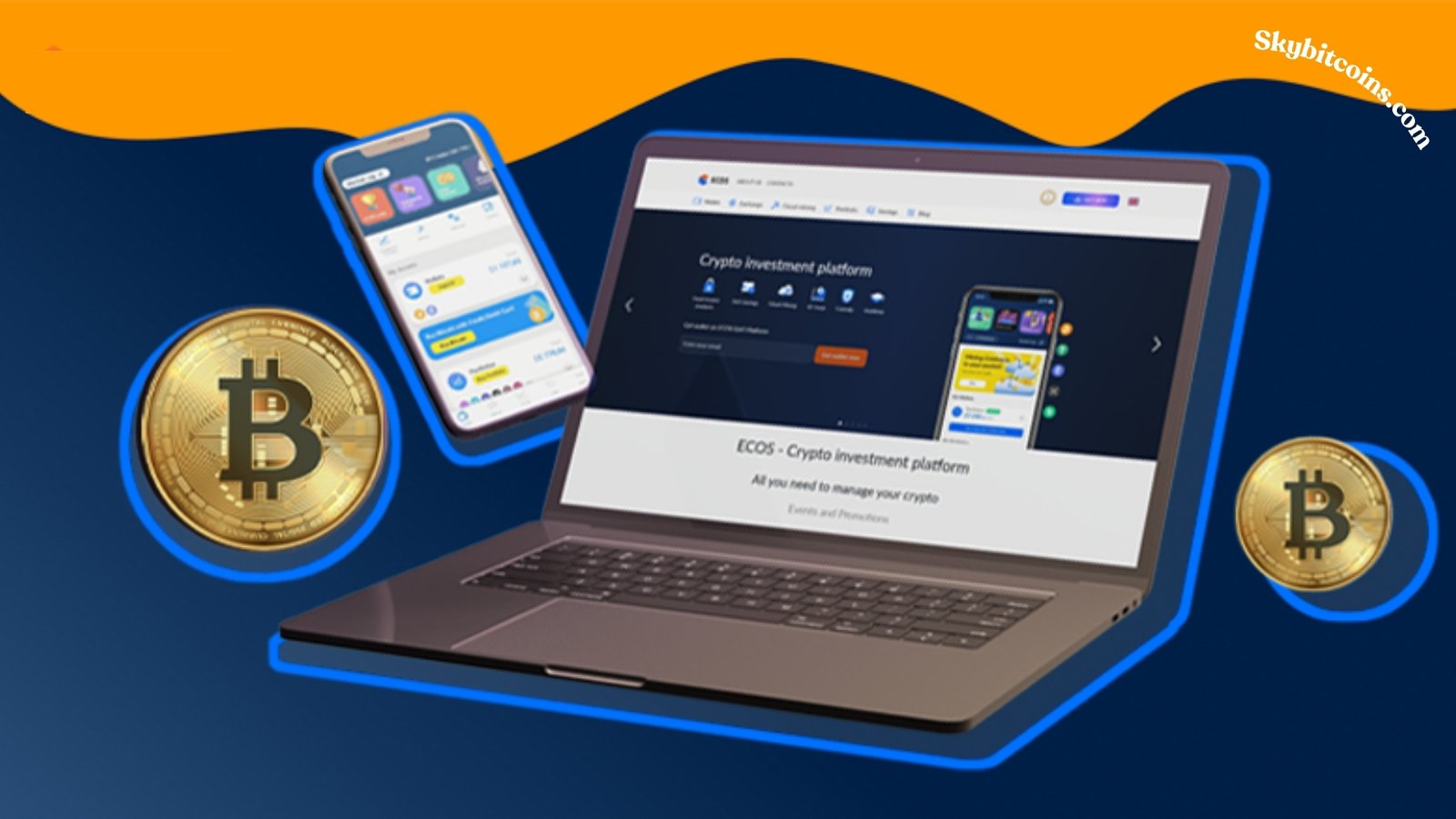Cloud Bitcoin Mining: Bitcoin mining has always been a cornerstone of the cryptocurrency ecosystem, but as the industry evolves, so do the mining methods. One of the most significant shifts in recent years is the rise of cloud Bitcoin mining. This approach offers a more accessible way for individuals to participate in Bitcoin mining without purchasing, maintaining, and operating physical mining hardware. As of 2024, cloud Bitcoin mining continues to be a popular option but comes with opportunities and challenges.
Understanding Cloud Bitcoin Mining
Cloud Bitcoin mining is where individuals lease power from a remote data center. Instead of owning and operating your Bitcoin mining hardware, you pay a service provider to handle it. These providers usually operate large-scale mining farms equipped with powerful hardware, like ASICs (Application-Specific Integrated Circuits), specifically designed for mining Bitcoin.
The basic idea is simple: you buy a contract that gives you access to a certain amount of hash power (the processing power of the mining hardware). The more hash power you purchase, the more Bitcoin you can mine. The service provider takes care of all the technical aspects, including hardware setup, electricity costs, and cooling, allowing you to earn Bitcoin without the hassle of managing the physical infrastructure.
The Appeal of Cloud Mining in 2024
The appeal of cloud mining lies in its simplicity and accessibility. For many, the barriers to traditional Bitcoin mining are simply too high. The cost of purchasing high-end ASIC miners, the technical expertise required to set them up, and the ongoing operational costs (electricity, maintenance, cooling) make it impractical for most individuals. Cloud mining eliminates these obstacles, making it easier for everyday people to participate in Bitcoin mining.
Moreover, cloud mining allows participants to scale their operations. Whether you want to invest a small amount or go big, you can choose a contract that fits your budget. This scalability is particularly appealing in a market where Bitcoin’s price volatility can make mining profitability uncertain.
Current Trends and Innovations
As of 2024, several key trends and innovations are shaping the cloud Bitcoin mining landscape:
Increased Competition Among Providers
The cloud mining market has become more competitive, with numerous providers offering a wide range of contracts. This competition has led to more favorable terms for users, including lower fees, more flexible contract durations, and better customer support.
Green Mining Initiatives
Environmental concerns have prompted cloud mining providers to adopt greener practices. Many are now sourcing electricity from renewable energy sources, such as wind, solar, and hydropower, to reduce Bitcoin mining’s carbon footprint. This not only appeals to environmentally conscious investors but also aligns with broader industry trends toward sustainability.
Enhanced Transparency and Security
Trust has always been a critical issue in the cloud mining industry. To address concerns about scams and fraudulent providers, reputable companies are now offering greater transparency. This includes providing detailed information about their data centers, mining hardware, and the actual hash power being used. Additionally, advancements in blockchain technology are enabling more secure and transparent contract management.
Decentralized Cloud Mining
A growing trend is the decentralization of cloud mining. Some new platforms are offering decentralized cloud mining solutions that leverage blockchain technology to create a more transparent and trustless environment. These platforms allow users to pool their resources and share in the rewards of mining, with smart contracts ensuring fair distribution of earnings.
Integration with DeFi (Decentralized Finance)
As the DeFi ecosystem continues to expand, cloud mining is increasingly being integrated with DeFi platforms. This allows users to use their mining earnings as collateral for loans, earn interest on their mined Bitcoin, or participate in other DeFi activities. This integration adds a layer of financial flexibility for cloud miners, making it easier to leverage their earnings in the broader crypto economy.
Risks and Challenges
Despite its advantages, cloud Bitcoin mining is not without risks. Some of the main challenges include:
Market Volatility
The profitability of Bitcoin mining is closely tied to its price. While cloud mining can mitigate some risks associated with traditional mining, it cannot eliminate the impact of market volatility. If Bitcoin’s price drops significantly, the returns on cloud mining contracts may not cover the costs.
Scams and Fraudulent Providers
Scams and fraudulent providers have plagued the cloud mining industry. While the industry has matured and many reputable providers now exist, bad actors still prey on unsuspecting investors. It’s crucial to thoroughly research any cloud mining service before committing funds.
Contract Terms and Conditions
Cloud mining contracts can be complex, with varying terms and conditions. Some contracts have hidden fees, while others may have clauses that allow providers to terminate the contract early or adjust the hash power allocation. Understanding these terms is vital to avoid unpleasant surprises.
Centralization Risks
While cloud mining is more accessible, it can contribute to the centralization of mining power. A few large providers may control significant portions of the network’s hash power, potentially making the Bitcoin network more vulnerable to centralization-related risks.
How to Get Started with Cloud Bitcoin Mining
For those interested in cloud Bitcoin mining, here are some steps to consider:
- Research Providers: Start by researching different cloud mining providers. Look for companies with a solid track record, transparent operations, and positive user reviews. Beware of providers promising unrealistically high returns, as these are often scams.
- Understand the Costs: Calculate the total cost of the cloud mining contract, including any hidden fees or maintenance costs. Compare this with potential earnings to determine if the contract will be profitable.
- Choose a Contract: Once you’ve selected a provider, choose a contract that fits your budget and risk tolerance. Consider factors such as the duration of the contract, the amount of hash power, and any potential penalties for early termination.
- Monitor Performance: After purchasing a contract, regularly monitor your mining performance. Track your earnings and compare them with your initial projections. If necessary, adjust your strategy or consider switching providers.
- Stay Informed: The cryptocurrency industry is constantly evolving. Stay informed about market trends, regulatory changes, and technological advancements that could impact your cloud mining operations.
The Future of Cloud Bitcoin Mining
As we move further into 2024, the future of cloud Bitcoin mining looks promising but uncertain. The industry will likely continue to innovate, driven by technological advancements and market dynamics shifts. However, the challenges of market volatility, regulatory pressures, and the need for greater transparency will persist.
For investors, cloud mining remains an attractive option, particularly for those who want to participate in Bitcoin mining without the complexities of traditional mining. By staying informed, choosing reputable providers, and carefully managing risk, it is possible to capitalize on the opportunities presented by cloud Bitcoin mining while navigating its inherent challenges.


